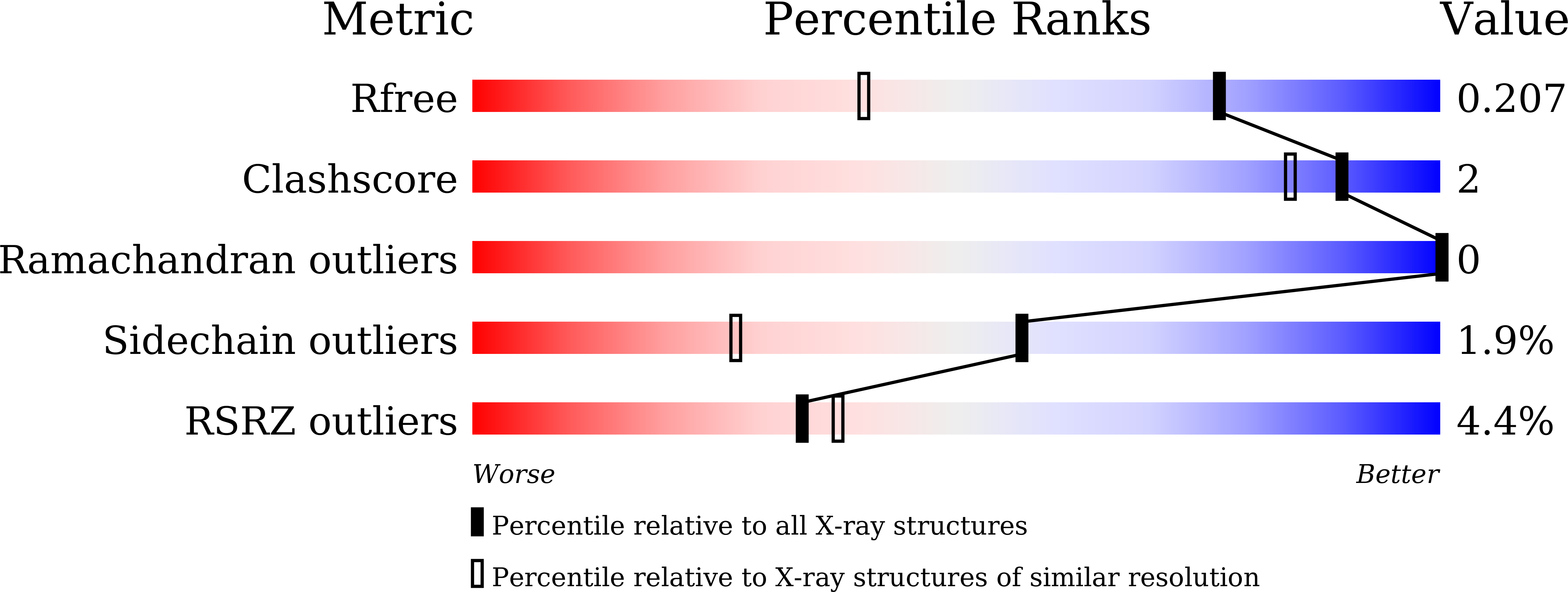
Deposition Date
2021-09-01
Release Date
2022-09-07
Last Version Date
2024-10-23
Entry Detail
Biological Source:
Source Organism:
Defluviitalea phaphyphila (Taxon ID: 1473580)
Host Organism:
Method Details:
Experimental Method:
Resolution:
1.50 Å
R-Value Free:
0.19
R-Value Work:
0.18
R-Value Observed:
0.18
Space Group:
C 2 2 21


